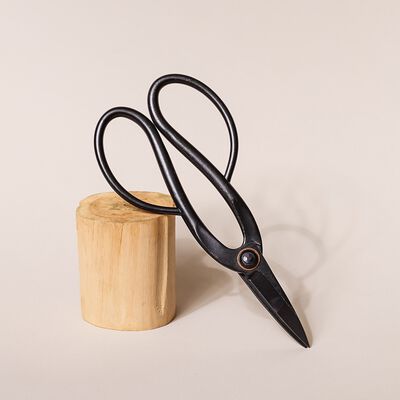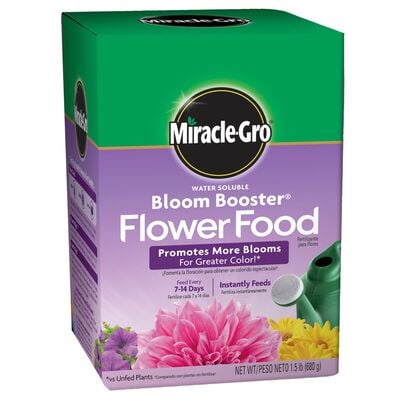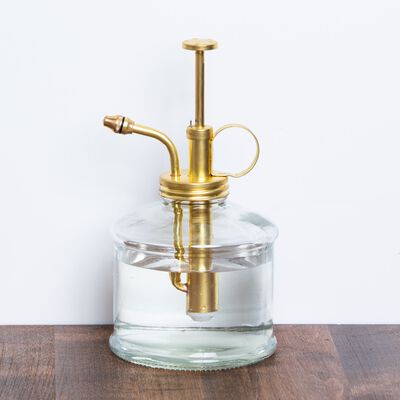
The Art of Deadheading
Bring more flowers to the party by making room for new blooms.
Let’s set the scene: You place a container bursting with geraniums, impatiens, and petunias by your front door and are feeling pretty pleased with this colorful touch of curb appeal. Until, that is, the explosion of reds, purples, and yellows dulls to a lifeless brown, and you wonder where your porch party went. Good news! It’s still there—you just need to do a little deadheading.
Deadheading is simply the art of removing dead flower heads to make room for fresh growth. In other words, your party needs an infusion of new guests, and it’s up to you to invite them. Don’t worry, with a succession of well-placed snips, your window boxes, hanging baskets, and front door arrangements will be ready to rally again.
The Importance of Deadheading
When a flower dies and its petals fall away, the pod that remains is a seed head. When left there, it channels the plant’s energy into producing seeds within the pod. If you remove it, the plant directs those resources into green growth, root development, and more flower production—which is what we’re here for, right?

The Art of Deadheading
To deadhead, simply zero in on a spent flower and use your thumb and index finger to pinch off its stem just above the first set of healthy leaves beneath it. Spoiler alert: That’s it. If you’re short on time—or working on a shrub with woody stems, like a rose—you can snip your way around the plant with pruners instead.
If you need to whisper “Off with their heads!” while you do it, we won’t tell anyone.
Four Types of Plants to Deadhead
1. Annuals
First on the chopping block should be those annuals you brought home from the nursery, whether you planted them in the ground or in pots. Plants like pansies, impatiens, geraniums, petunias, marigolds, verbena, nicotiana, salvia, and zinnias keep producing all summer—sometimes into the next season—when they’re regularly deadheaded. Just give them a couple of weeks to get their bloom on.
2. Bulbs
Most bulb plants, like tulips and daffodils, won’t give you a repeat bloom. Still, deadheading their flowers will allow the plant to store nutrients and energy for next year’s flowers. Plus, it’ll keep your garden from looking like the grim reaper paid a visit.
3. Perennials
Perennials like bee balm, bellflowers, bleeding heart, cranesbill, evening primrose, false spirea, garden phlox, larkspur, lupine, tall sedums, tickseed, and Veronica, will reward you with repeat blooms and a tighter growth habit when their seed heads are removed. Perennials that self-sow, meaning, those that drop seeds to grow more plants, do not need deadheading (unless you want to prevent their spread). This group includes cardinal flowers, columbines, forget-me-nots, hollyhocks, and foxgloves.
4. Herbaceous Perennials
Herbaceous perennials covered in a profusion of small flowers—think asters, creeping phlox, daisies, mugwort, and sweet alyssum—can be cut back by a third to make easy work of it. There’s no need to consider the placement of your pruners, other than avoiding plump buds that are preparing to open: Just eyeball it and give the plant a haircut. Doing this once the first flush of blooms starts to wither away will open things up, encourage more growth, and provide the best chance for a second show (that can often last longer than the first!).
If adding another task to your busy day isn’t ideal (we get it), approach deadheading as a meditative activity. Your plants might just help you keep on blooming, too. If you need to whisper “Off with their heads!” while you do it, we won’t tell anyone.


